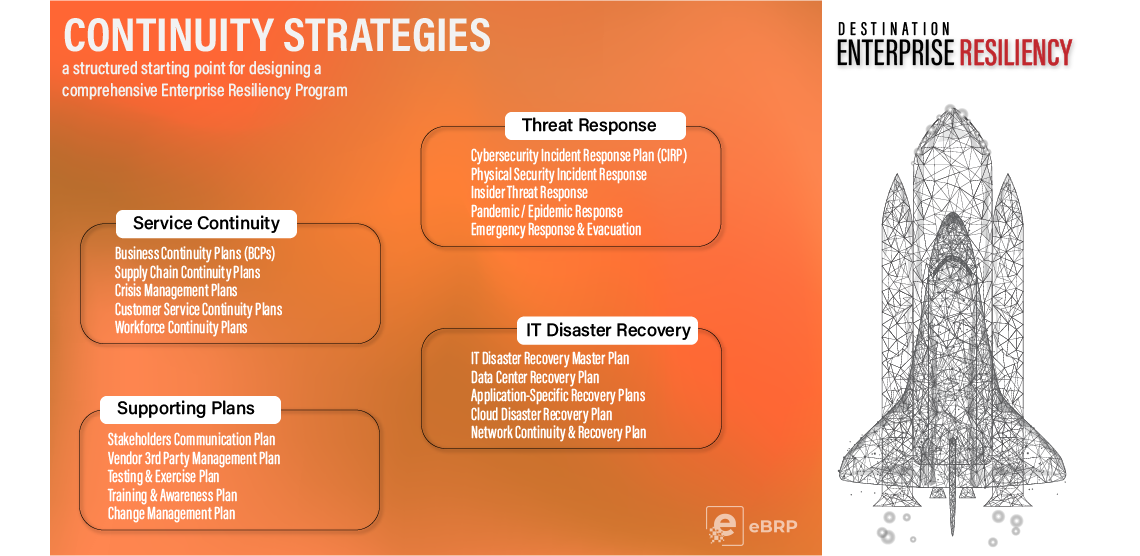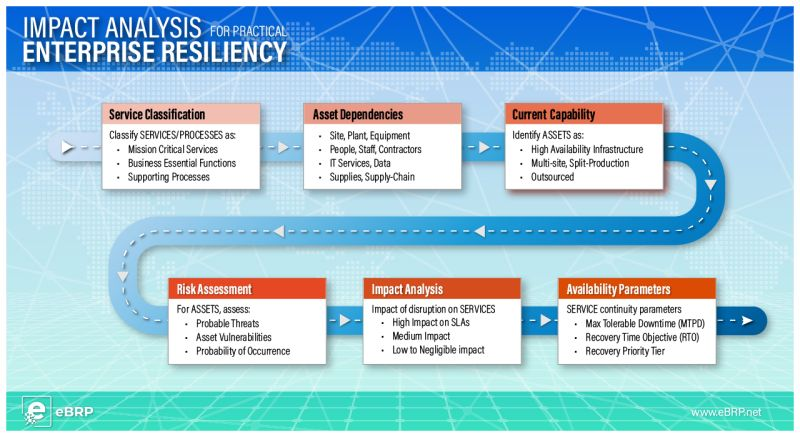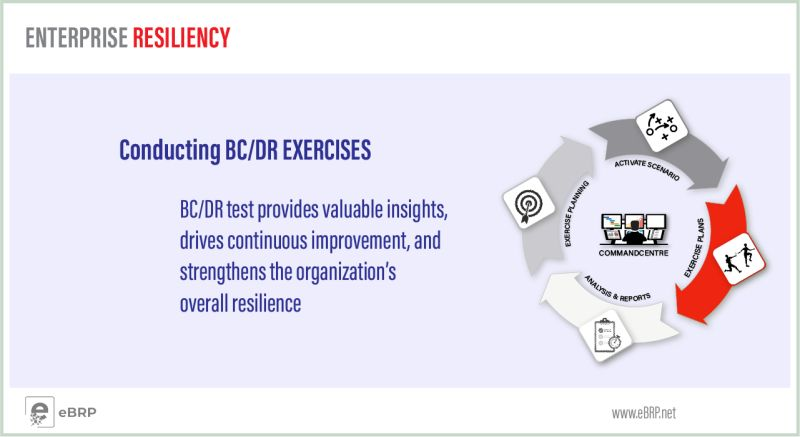
Continuity Strategies to Support an Enterprise Resiliency Program
To build an Adaptive, Resilient Enterprise, organizations must move beyond conventional Business Continuity Management (BCM) approaches. Traditional BCM is often limited to tactical response


